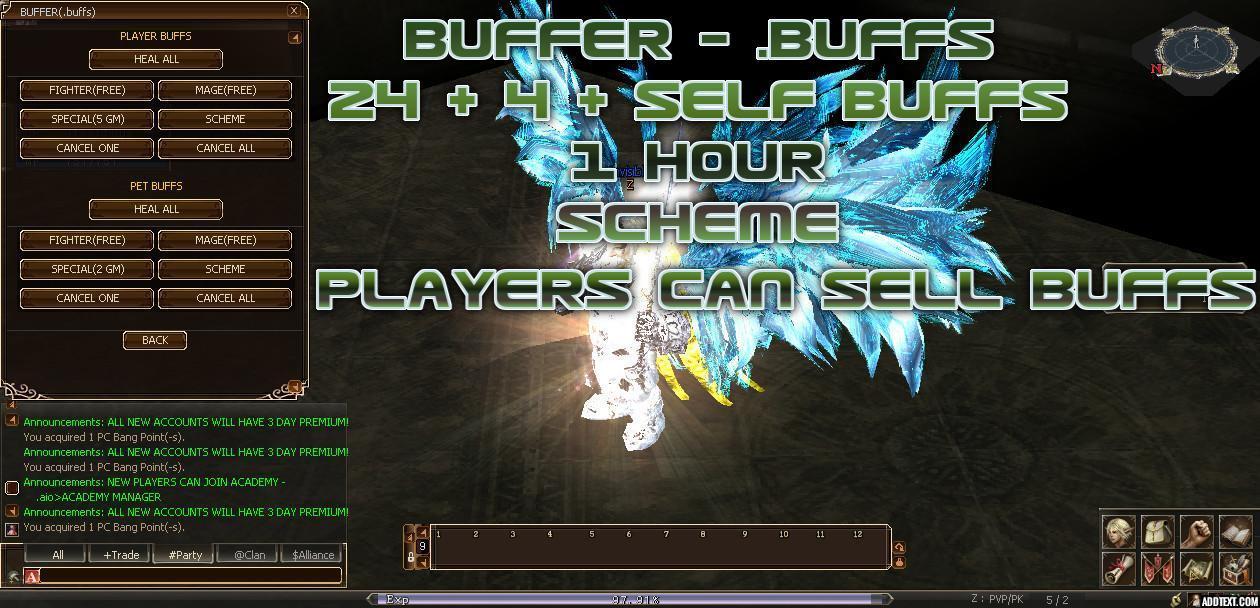

- #Handshaker delete system file how to
- #Handshaker delete system file install
- #Handshaker delete system file update
- #Handshaker delete system file android
Normally trust only root CAs directly, leaving a short trust gap between the serverĬertificate-signed by the intermediate CA-and the certificate verifier, which To reduce compromise risk, CAs keep the root CA offline. Public CAs rarely sign server certificates. Missing intermediate certificate authority This is similar to an unknownĬertificate authority, so modify your application's Network Security Config to trust your Might occur because of a self-signed certificate, making the server its own CA. Make your app trust the issuer of the server's certificate. Source, you can't block this kind of attack. This works because the attacker can generate aĬertificate, and without a TrustManager validating that the certificate comes from a trusted Record passwords and other personal data.
#Handshaker delete system file install
Many web sites describe a poor alternative solution, which is to install aĭoing this leaves your users vulnerable to attacks when using a public Wi-Fi hotspot, because anĪttacker can use DNS tricks to send your users' traffic through a proxy that pretends To trust custom CAs without needing to change your app's code, change your Or education institution for its own use. Public CA, but rather a private one issued by an organization such as a government, corporation, More often, a CA is unknown because it isn't a Because it's private, a CA is rarely known.
#Handshaker delete system file android
This could be because you have a certificate fromĪ new CA that Android doesn't trust or because your app is operating on an earlier version without
#Handshaker delete system file how to
The following sections discuss how to address these problems while keeping yourĪrises because the system doesn't trust the CA. The server configuration is missing an intermediate CA.The server certificate wasn't signed by a CA, but was self signed.The CA that issued the server certificate was unknown.This can happen for several reasons, including: : : Trust anchor for certification path not found.Īt .(OpenSSLSocketImpl.java:374)Īt .setupSecureSocket(HttpConnection.java:209)Īt $HttpsEngine.makeSslConnection(HttpsURLConnectionImpl.java:478)Īt $nnect(HttpsURLConnectionImpl.java:433)Īt .sendSocketRequest(HttpEngine.java:290)Īt .sendRequest(HttpEngine.java:240)Īt .getResponse(HttpURLConnectionImpl.java:282)Īt .getInputStream(HttpURLConnectionImpl.java:177)Īt .getInputStream(HttpsURLConnectionImpl.java:271) Suppose that instead of returning content, getInputStream(), Common problems verifying server certificates The following section covers common issues that requireĭifferent solutions. The Android framework verifies certificates and hostnames The Android HttpURLConnection documentation includesĮxamples for handling request and response headers, publishing content, managing cookies, using To customize HTTP requests, cast to HttpURLConnection. InputStream in = urlConnection.getInputStream() ĬopyInputStreamToOutputStream(in, System.out) URLConnection urlConnection = url.openConnection() Val inputStream: InputStream = urlConnection.getInputStream()ĬopyInputStreamToOutputStream(inputStream, System.out) Val urlConnection: URLConnection = url.openConnection() Openssl s_client -connect WEBSITE-URL:443 | \Ĭertificate issued by a well-known CA, you can make a secure request as shown in the following code: Openssl x509, which formats certificate information in The command transmits openssl s_client output to S_client command, passing in the port number. To view a website's server certificate information, use the openssl tool's TheĬA's certificate identifies the server using either a specific name, such as, or using a wildcard, Android 8.0 (API level 26) includes over 100 CAs that are updated in each version andĬlient apps need a mechanism to verify the server because the CA offers certificates for numerous servers. Trusted CAs are usually listed on the host The client can then check that the server has a (CAs) certificates to issue certificates, which keeps the client-side configuration moreĪ server certificate using its private key. Servers usually rely on Certificate Authorities
#Handshaker delete system file update
If the server is a third-party web service, such as a web browser or email app, it's more difficult to know when to update the client app. The server configuration change necessitates updating the clientĪpp. However, servers might use key rotation to change their certificate's

A given server is untrustworthy if its certificate doesn'tĪppear in the client-side set of trusted certificates. To address this situation, let the client trust The server uses public-key cryptography to sign itsĪ simple handshake only proves that the server knows theĬertificate's private key. Protocol best practices and Public-Key Infrastructure (PKI)Ī server with a TLS certificate has a public key and a matching private key. This article discusses best practices related to secure network Client-server encrypted interactions use Transport Layer Security


 0 kommentar(er)
0 kommentar(er)
